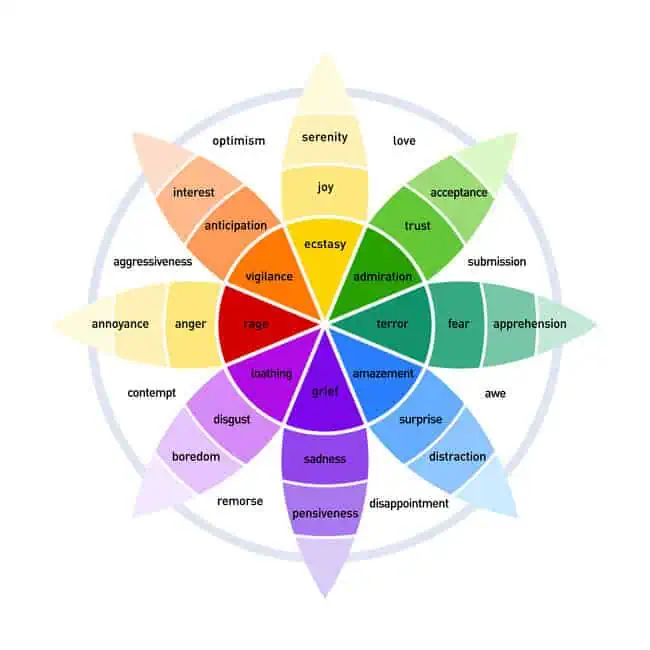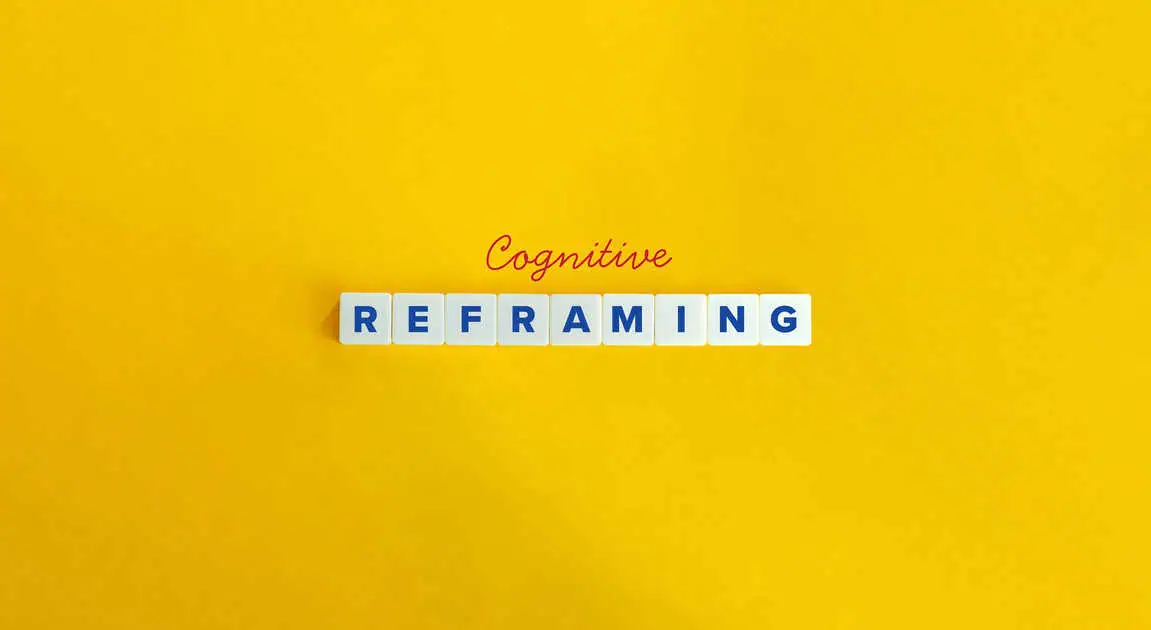Table of Contents
Understanding and managing feelings is an essential skill for children. At Holistic Earthling, we work with families and young patients to improve kids’ emotional intelligence. This blog post explains how a Feeling Wheel enables children to identify and express their emotions. It will review the benefits of Feeling Wheels for kids, explain feelings vocabulary, and outline practical Feeling Wheel activities. We aim to provide helpful guidance for parents and educators who want to build strong emotional recognition for kids.
The Importance of Emotional Intelligence for Kids
Developing emotional intelligence is vital for children’s overall growth. Children who learn to understand and express their emotions are better prepared to handle daily challenges. They are more capable of resolving conflicts, building healthy relationships, and coping with stress.
When children improve their ability to recognize emotions, they can also expand their feelings vocabulary for kids. Using clear language to name emotions helps them communicate their experiences and understand others. For many families, a structured approach using a Feeling Wheel is helpful in this learning process.
Understanding the Feeling Wheel and Its Benefits
The Feeling Wheel is a visual guide that categorizes a range of emotions. It helps children see the many nuances in their feelings. Children can learn to identify complex emotions more accurately by pointing to a section on the wheel.
What the Feeling Wheel Is
At Holistic Earthling Feeling Wheel is designed to help users pinpoint and name their emotions. It displays a variety of feelings in a circle, showing how they are related. For example, when a child feels a mixture of stress or sadness, the wheel can help them distinguish between similar states. This process supports better emotion recognition for kids. Parents and educators can use the wheel as a reference tool during conversations about feelings.
The Benefits of Using a Feeling Wheel
The feeling wheel benefits children in several ways:
- It provides a clear structure for discussing emotions.
- It aids in the development of a rich vocabulary for feelings in kids.
- It improves emotion recognition for kids by offering visual cues.
- It helps children understand that all emotions have a place and meaning.
Practical Feelings Wheel Activities for Kids
Implementing Feelings wheel activities for kids in everyday routines can significantly improve their emotional development. The following methods have proven helpful for families and educators alike.
Daily Reflection and Discussion
Set aside time each day for a short discussion about feelings. Parents can ask their children to point to an emotion on the Feeling Wheel that best describes their day. This routine allows children to express themselves verbally and learn new words from the feelings vocabulary for kids. Regular conversations like these reinforce understanding and encourage open dialogue.
Art and Writing Exercises
Encourage children to draw or write about how they feel. For instance, a child may create a picture that uses colors or symbols from the Feeling Wheel to represent a specific emotion. Writing simple sentences about why they chose that emotion can further help develop children’s emotional intelligence. These exercises are valuable because they require children to creatively reflect on and express their feelings.
Role-Playing and Storytelling
Role-playing can help children practice expressing emotions in a safe setting. Educators or parents can use stories that incorporate characters experiencing various emotions. Children can take turns acting out different feelings, using the Feeling Wheel as a guide. This activity improves emotion recognition for kids and provides a chance to discuss how various scenarios might influence emotional responses.
Family Meetings and Group Sessions
Holding family meetings where each member shares a recent emotional experience can be very effective. When children are invited to discuss their feelings openly, it normalizes emotional expression. This method also helps build a common language around feelings, making it easier for kids to use the Feeling Wheel. Group sessions at school or in community settings offer similar benefits, as children learn from one another’s experiences.
Building a Rich Feelings Vocabulary for Kids
A strong feelings vocabulary for kids is essential for clear communication. When children have the words to express their emotions, they are better equipped to ask for help when needed. Here are some strategies to help build a comprehensive emotional vocabulary:
Introducing New Emotion Terms
Parents and educators can introduce one or two new emotion words each week. Using the Feeling Wheel as a reference, adults can explain each term and provide everyday life examples. For example, if a child feels “curious,” you might discuss what situations make them want to learn more about something. Over time, these new words become part of the child’s regular language.
Relating Emotions to Daily Events
Connect the words on the Feeling Wheel to events in the child’s daily routine. For instance, if a child feels “stressed” after a busy day at school, point to that section on the wheel and talk about what might help reduce that feeling. This approach reinforces the link between language and experience, making it easier for children to express themselves.
Encouraging Descriptive Conversations
Ask open-ended questions about feelings. Instead of asking, “Are you sad?” you might ask, “Can you show me which part of the Feeling Wheel you feel today?” This simple change encourages children to explore a broader range of emotions and explains their experience using a deep feelings vocabulary for kids.
Tips for Enhancing Emotion Recognition for Kids
Helping children recognize their own emotions and those of others is a critical part of learning emotional intelligence for kids. Here are some practical tips:
Create a Calm Environment
A calm setting can help children feel secure when discussing their emotions. This might involve a quiet space where the Feeling Wheel is easily accessible. When children feel safe, they are likelier to open up about their feelings without fear of judgment.
Use Consistent Language
Use the exact emotion words consistently when talking about feelings. This practice reinforces learning and helps children build stable feelings and vocabularies. Consistency in language also aids in improving emotion recognition for kids as they begin to associate specific words with their personal experiences.
Encourage Empathy
Discussing feelings should not be limited to one’s own experiences. Encourage children to consider how others might feel in a similar situation. Asking questions like, “How do you think your friend felt when that happened?” can help build empathy and understanding among peers.
Practice Listening Skills
Good communication involves both talking and listening. Teach children to listen carefully when others describe their emotions. This practice supports a respectful and supportive atmosphere where children learn that all feelings are valid and deserve attention.
Integrate Regular Check-ins
Regular check-ins allow one to reflect on the day’s events and discuss emotions. This routine not only reinforces the use of the Feeling Wheel but also strengthens the child’s overall emotional awareness. Over time, these check-ins become essential to how children manage their feelings.
Conclusion
Understanding and expressing emotions is a lifelong process that starts in childhood. Using a Feeling Wheel is a practical and effective method for teaching emotional intelligence to kids. It supports the development of a rich feelings vocabulary and enhances emotion recognition. By incorporating regular activities and open discussions, parents and educators can help children build the skills to express their feelings clearly.
If you are interested in further improving emotional intelligence in young patients, consider implementing regular sessions using the Feeling Wheel. Children become more confident in expressing themselves and handling challenges with a supportive approach and explicit language.
If you are ready to help your child build a solid foundation in emotional understanding, remember that guidance and structured practice make a lasting difference.
Learn how to navigate emotions with ease. Explore the Feeling Wheel now!
Please contact us if you have further questions or want to schedule a consultation. We provide the support and resources to help your child grow emotionally and socially.





